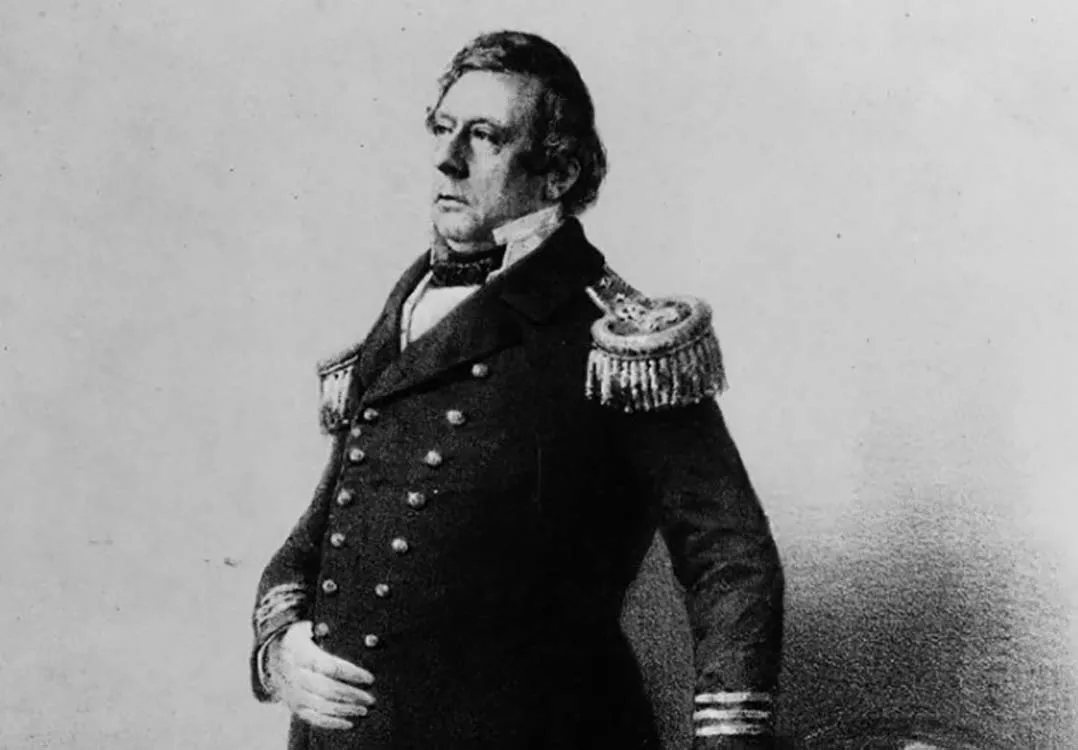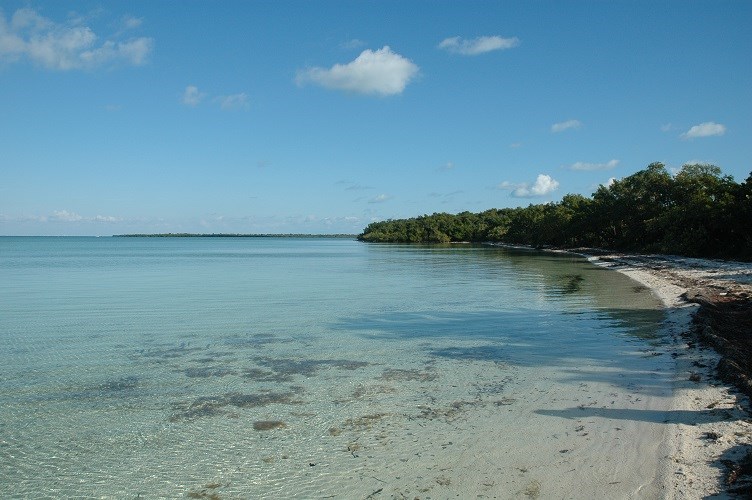A relentless treasure diver wanted to store regal and unique artifacts retrieved from the sea’s bottom in a treasure museum. With a steel vault, the design of a medieval castle seemed to make sense to him. A diver by profession, Art McKee designed crenellated walls used for shooting arrows or other weapons from the rooftop for his medieval-style building. It currently houses Treasure Village Montessori.
Before that, “Treasure Village” featured numerous art galleries around an open courtyard, competing with the Rain Barrel with its artisan shops across U.S. Highway 1 at mile marker 87. While sand castles are ephemeral, McKee’s castle, better known as McKee’s Museum of Sunken Treasure, withstood the test of time. It is 70 years old this year, according to www.keyshistory.org. The tower or “keep” is 40 feet tall and affords views of both the Atlantic Ocean and Florida Bay. The natural estuary out front, resembling a pond, is tidal and reportedly 16 feet deep.

McKee’s treasure of gold and silver bars, jewelry, ivory, jars, cannons, and artillery from the Spanish fleet had lain on the sea floor for centuries but it was highly valued by all who laid eyes on it. In 1952, the commercial diver obtained the first official State of Florida underwater salvage lease to work a large portion of the Upper Keys, particularly the 1733 Spanish wrecks including the El Capitana El Rui.
According to Islamorada historians Irving and Jeane Eyster (since passed), Don Rodriga de Torres commanded the 1733 fleet. The ships were laden with treasure from the far Pacific and Mexico, gold and silver from the mint of Cartagena, as well as Incan treasures.
On July 13, 1733, the flotilla departed Havana, Cuba. The Capitana led the way into the warm waters of the Florida Straits. “The Capitana was the newest of the fleet, but all the ships were at their best, bristling with cannon and flying the Spanish flag,” wrote the Eysters.
As the fleet approached Key Vaca [now Marathon], winds increased; the skies darkened and the armada found itself in an increasingly severe storm. For about 24 hours, the Spanish fleet was torn apart by a major hurricane. Any surviving ships were ravaged by the reefs off the Florida Keys. Hundreds of lives were lost.

For about 218 years, Torres’s fleet rested undisturbed and forgotten on the ocean floor. In 1938, Reggie Roberts took McKee to a cannon where he had been catching fish. There were other cannons near the one Roberts pointed out, and lumps of coral with pieces of black metal protruding from them. There, McKee found a gold coin stamped 1721 along with silver coins.
When McKee wrote the Spanish archives in Seville asking about wrecks in this area, he received a Spanish salvors’ chart showing the location of the 1733 wrecks. One of these was the site Roberts had shown him a few years earlier. This galleon was Torres’s Capitana and it soon became a tourist attraction. Art used a glass bottom boat to take people to the wreck; for $10, he would allow some of the sightseers to wear his helmet and explore the site. This was before SCUBA.

McKee’s fame grew. Realizing he had an important historical find, in March 1952, he poured the foundation of his Spanish Fortress Museum. Thought to be the first museum devoted entirely to treasure and shipwrecks, Art moved his collection, which filled a warehouse, into his fortress and placed anchors and cannon out front.
The History of Diving Museum in Islamorada notes McKee’s museum “…was a major landmark and the premier tourist attraction in the Upper Keys” and highlights McKee’s life in a display. Due to his impact on diving and the Florida Keys, the museum portrayed him in the mural on its building façade as well.

Contributed by: Jill Zima Borski









